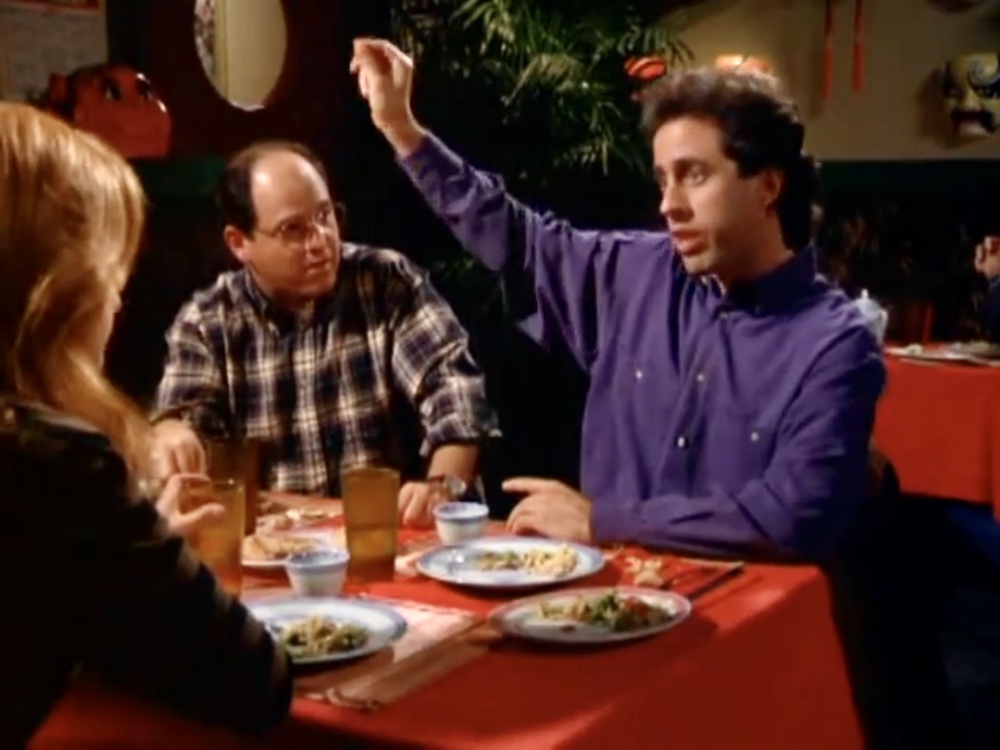This subtle miming-to-support-what’s-being-said or conveyed appears to have gotten itself set and codified by the mid-‘teens. It didn’t change much for the rest of the silent era, aside from being used a little less as needed. This may not have done deliberately, but during the last fifteen years of the silent era, filmmakers and performers gradually left more to the audiences to assemble in their imaginations.
It’s not like charades at all, although that’s the first place people go when they think of pantomiming action (as opposed to mime), but it’s the one form of nonverbal communication folks are readily familiar with.
These gestures held over into the early sound era, mainly with performers who’d been in pictures for a long time. It’s noticeable when they’re in scenes with actors who were new or recently-arrivee-in motion pictures in the early thirties. They seem overly theatrical in some cases, although with Oliver Hardy, his personality and charm makes it seem like it’s just part of character.
But during the silent era, this was the way people moved and let us in on what they were saying, and sometimes what they were thinking or plotting. It’s a performance practice unique to Silent Film, one that relies on our using both hemispheres of our brain to take in the information we see and synthesize the rest of it. Another reason Silent Film is a universal language.
And it may be a mode of gesturing that’s been outmoded decades ago, little bits of it survive in daily life. Like when you get a restaurant server’s attention and let them know you want the check. Or, the next time you take a flight, watch the in-flight safety demo “performed” by the flight attendants.
The first post in this series is here.
The previous post (#15) to this one is here.
The next post (#17) is here.
[email-subscribers-form id=”1″]

I was always impressed by Oliver Hardy’s frustrated look directly into the camera. As if he’s asking for our sympathy. This worked whether it was a silent or sound movie. I’ve watched that technique carry over into other sound films and TV shows. Cary Grant would occasionally use this, like in Arsenic and Old Lace, when he’s being tied up by Peter Lorre. Alan Hale Jr., used it at least once a week in the Gilligan’s Island TV show. So I guess some of these techniques from the silent era are still useful.